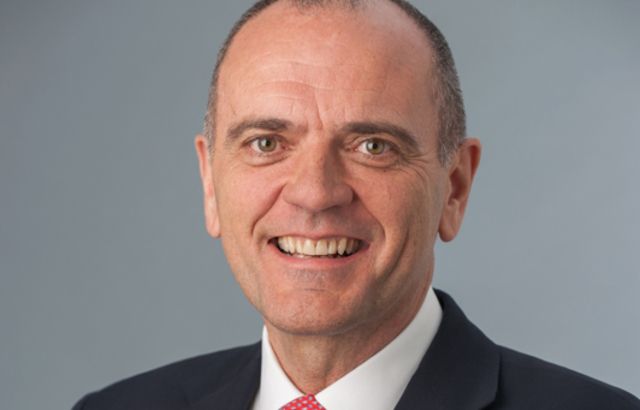Many an asset management CEO would die for leading a company with such a strong niche presence as Eastspring, which has the majority of its $170bn (€142bn) in assets invested in Asia-focused bond and equity strategies.
Add to that the fact that Eastspring’s biggest markets are all fast-growing Asian economies, and it’s obvious the company is in a sweet spot. But at the same time, Strapp is on a mission to grow the firm’s presence outside Asia.
Becoming international
“We are recognised as an Asia specialist, but we have no aspiration to be that niche Asia firm,” Strapp said in an interview with Expert Investor. Looking at it from a European perspective, this may sound surprising: being seen as an Asia specialist is a big part of Eastspring’s attraction to European fund buyers.
But for the bulk of Eastspring’s clients, who are Asian, Eastspring’s international credentials are an important asset.
“There’s no Asian asset management firm that’s as international as we are,” said Strapp. Compared to its main competitors from China, Korea and Japan, which lean strongly on their home markets, Eastspring actually is very international. The company’s client base is a lot more diversified geographically, with no single country dominating.
And it’s that position as Asia’s ‘international leader’ in asset management that Strapp cherishes, and wants to build on. Hence the company’s recent launch of a number of non-Asia strategies, notably a range of US bond funds and a suite of multi-asset funds as the company aims to strengthen its reputation as an ‘international’ asset manager among Asian investors.
At the same time as it has been internationalising its fund range, Eastspring has been broadening its client base, setting up an institutional business in the United States in 2012 and a Luxembourg-domiciled SICAV range in Europe in 2013.
One-fund show
While 90% of its client assets are still in Asia, the company has amassed some $2.5bn (€2.1bn) from European clients over the past few years.
Eastspring’s efforts to globalise notwithstanding, its European clients have been investing their money almost exclusively in the company’s Asian funds. And one has been especially popular.







